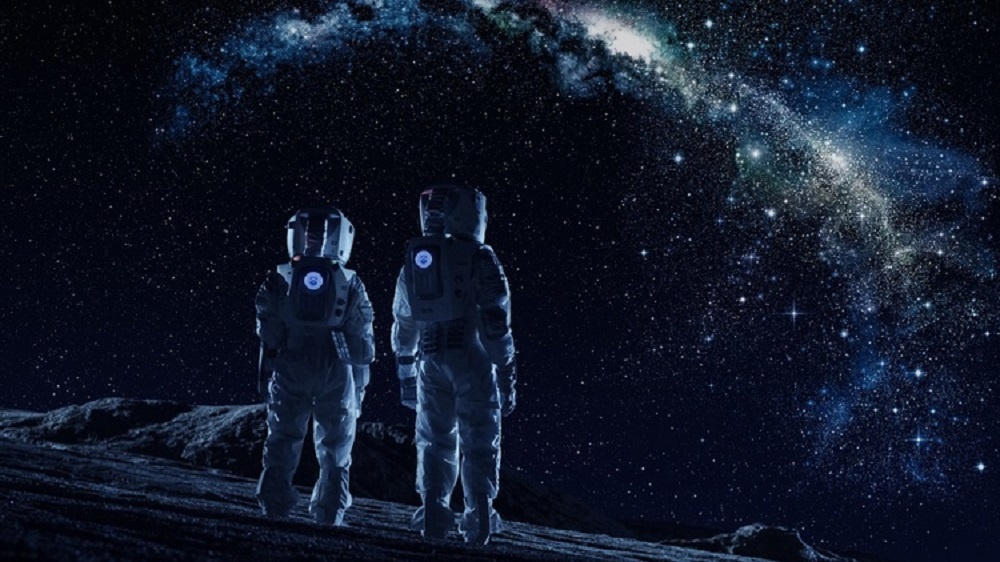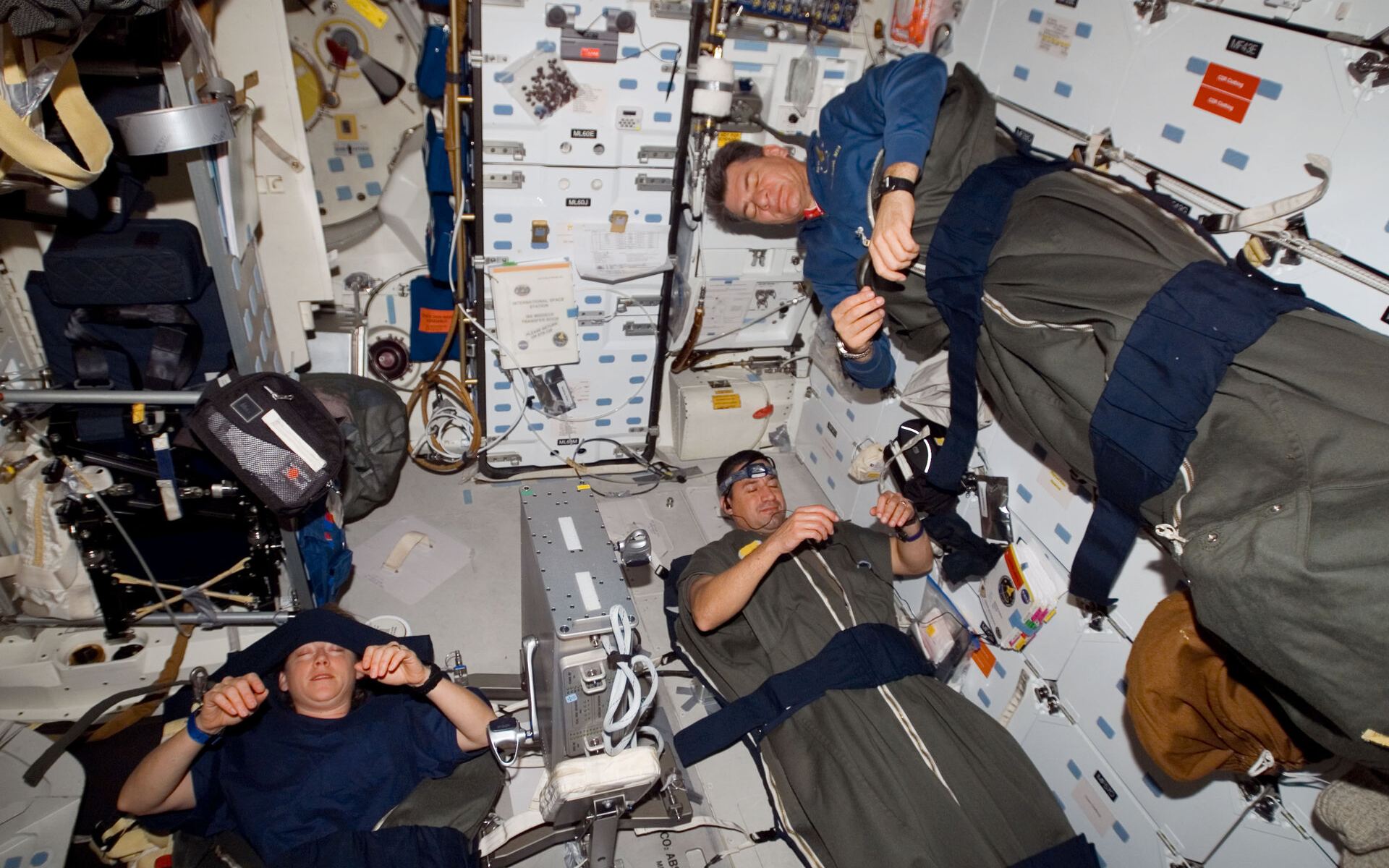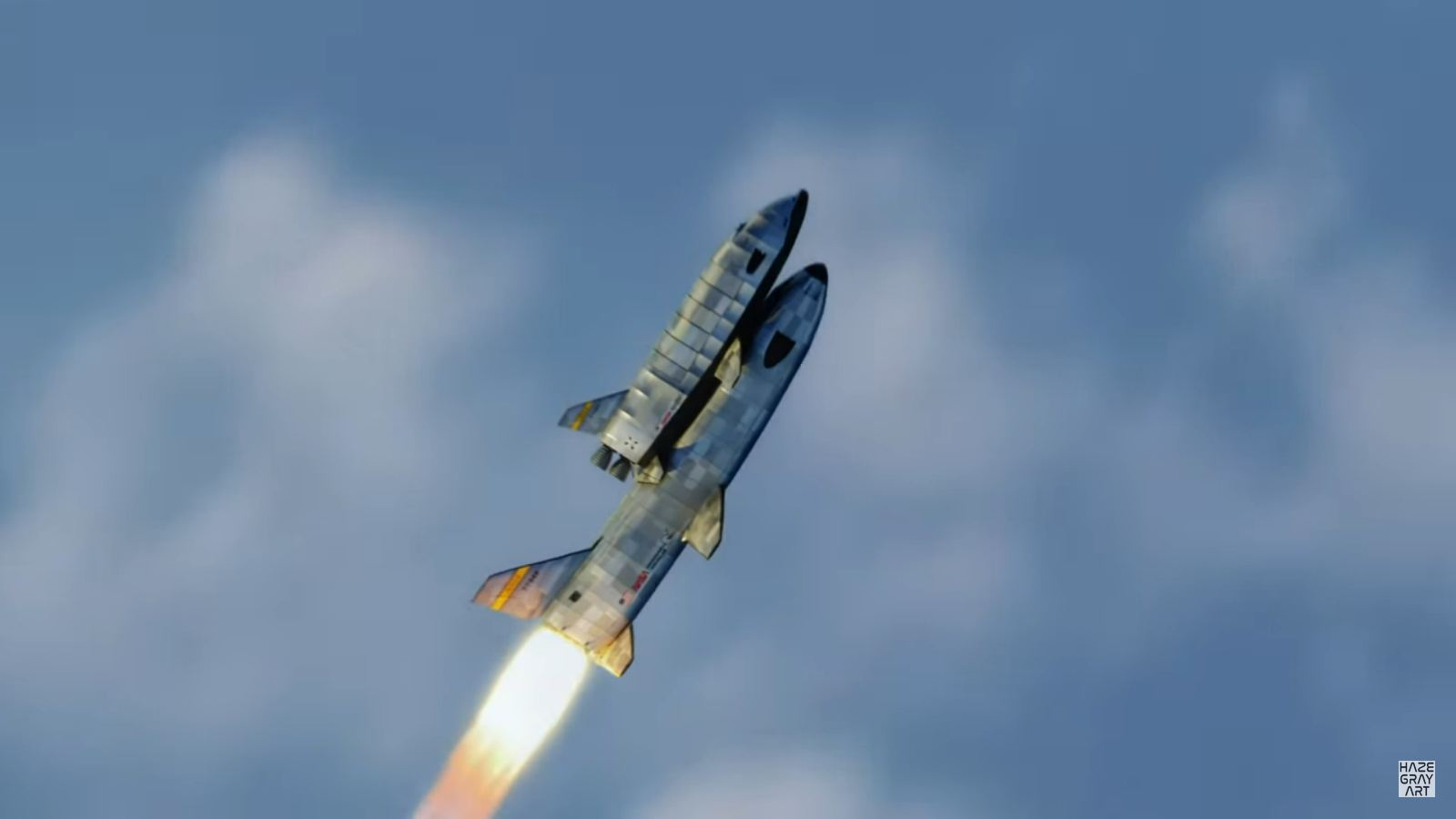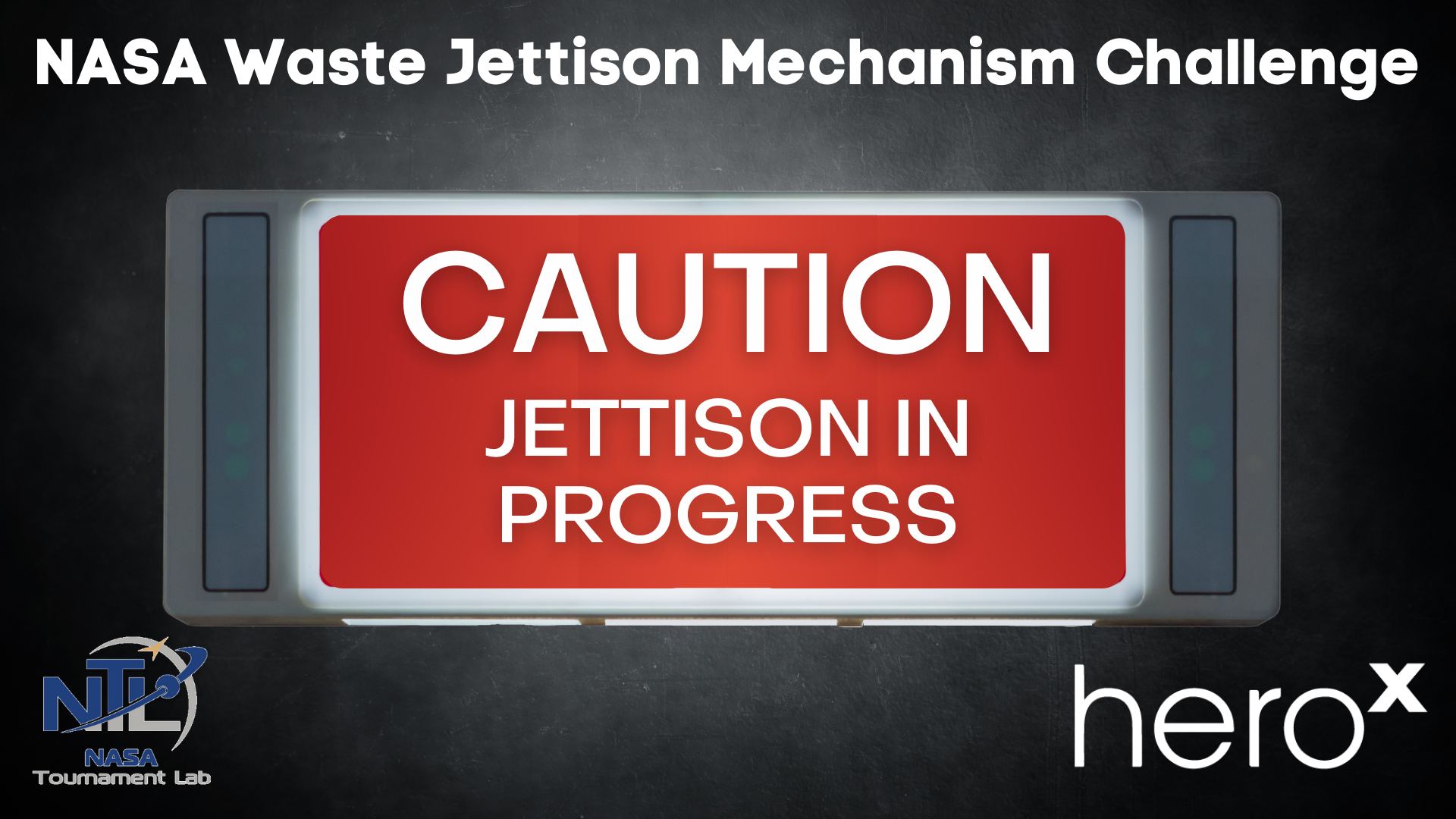We’ve reported before on the conceptual mission known as the Interstellar Probe. This ambitious mission would visit the interstellar medium about 1,000 AU away from the Sun. But how exactly would the probe get there in a reasonable time frame? It has taken Voyager 35 years to travel less than 10% of that distance. The answer might lie in an old technology that has been given new life by advances in material science – the solar thermal propulsion system.
Continue reading “The Best way to Leave the Solar System Might be to fly Uncomfortably Close to the Sun”Stunning Photos from Air, Space and Ground of the Atlas V GOES-T Launch
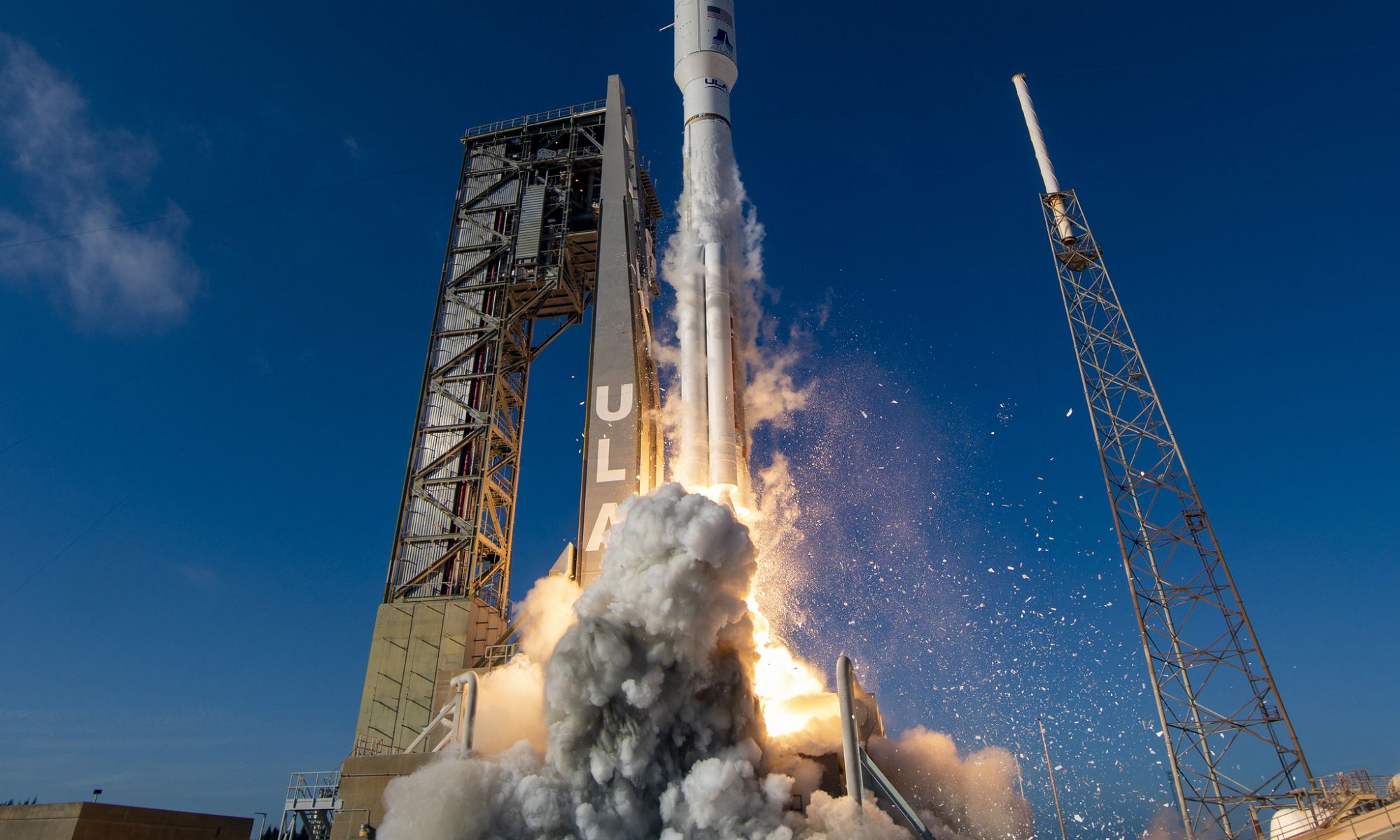
NASA and NOAA now have a sophisticated new weather satellite in space. The GOES-T satellite launched on the powerful United Launch Alliance (ULA) Atlas V rocket on March 1, and it will provide forecasters with high resolution weather imagery. It will also provide real-time monitoring of events on the ground like wildfires, floods and landslides, while monitoring atmospheric and climate dynamics over the Western US and Pacific Ocean.
The liftoff from Cape Canaveral Space Force Station of GOES-T (Geostationary Operational Environmental Satellite-T) provided stunning views, and incredibly, other satellites looked down and captured the launch of the new satellite from space, such as this shot from its older sibling, GOES-16:
Continue reading “Stunning Photos from Air, Space and Ground of the Atlas V GOES-T Launch”The new NIAC Awards are out! New Spacesuits, Breathing Martian air, Advanced Telescopes, and More
The NASA Institute for Advanced Concepts (NIAC) has been a significant funder of pie in the sky research for a long time now. From extrasolar object interceptors to beaming power into a lunar crater, we love reporting about NIAC funded concepts here at UT. Now, a new crop of Phase I and a smaller but more focused crop of Phase II fellows are funded to push the boundaries of space exploration forward.
Continue reading “The new NIAC Awards are out! New Spacesuits, Breathing Martian air, Advanced Telescopes, and More”NASA is Upping the Power on its Lunar Wattage Challenge!
For years, NASA has been gearing up for its long-awaited return to the Moon with the Artemis Program. Beginning in 2025, this program will send the first astronauts (“the first woman and first person of color”) to the Moon since the end of the Apollo Era. Beyond that, NASA plans to establish the necessary infrastructure to allow for a “sustained program of lunar exploration,” such as the Lunar Gateway and the Artemis Base Camp.
Beyond these facilities, several elements are essential to ensuring a long-term human presence on the Moon. These include shelter from the elements, food, air, water, and of course, power. To address this last element, NASA has teamed up with HeroX – the leading crowdsourcing platform – to launch the NASA Watts on the Moon Challenge. This competition is entering Phase II and will award an additional $4.5 million for innovative concepts that supply power to future lunar missions.
Continue reading “NASA is Upping the Power on its Lunar Wattage Challenge!”Lasers Could Send Missions to Mars in Only 45 Days
NASA and China plan to mount crewed missions to Mars in the next decade. While this represents a tremendous leap in terms of space exploration, it also presents significant logistical and technological challenges. For starters, missions can only launch for Mars every 26 months when our two planets are at the closest points in their orbit to each other (during an “Opposition“). Using current technology, it would take six to nine months to transit from Earth to Mars.
Even with nuclear-thermal or nuclear-electric propulsion (NTP/NEP), a one-way transit could take 100 days to reach Mars. However, a team of researchers from Montreal’s McGill University assessed the potential of a laser-thermal propulsion system. According to their study, a spacecraft that relies on a novel propulsion system – where lasers are used to heat hydrogen fuel – could reduce transit times to Mars to just 45 days!
Continue reading “Lasers Could Send Missions to Mars in Only 45 Days”Webb is Cool, but it Still Needs to get Cooler
Cooling things down in space is trickier than it might sound. But that is exactly the process the James Webb telescope is going through right now. Getting down to cryogenic temperature is imperative for its infrared imaging systems to work correctly. While the telescope has already started, it will be another few weeks before the process is complete, and it’s ready to start capturing its first groundbreaking infrared images of the universe.
Continue reading “Webb is Cool, but it Still Needs to get Cooler”Could Astronauts Hibernate on Long Space Voyages?
A renewed era of space exploration is upon us, and many exciting missions will be headed to space in the coming years. These include crewed missions to the Moon and the creation of permanent bases there. Beyond the Earth-Moon system, there are multiple proposals for crewed missions to Mars and beyond. This presents significant challenges since a one-way transit to Mars can take six to nine months. Even with new propulsion technologies like nuclear rockets, it could still take more than three months to get to Mars.
In addition to the physical and mental stresses imposed on the astronauts by the duration and long-term exposure to microgravity and radiation, there are also the logistical challenges these types of missions will impose (i.e., massive spacecraft, lots of supplies, and significant expense). Looking for alternatives, the European Space Agency (ESA) is investigating hibernation technology that would allow their astronauts to sleep for much of the voyage and arrive at Mars ready to explore.
Continue reading “Could Astronauts Hibernate on Long Space Voyages?”Mars Could Have Been wet for Much Longer Than Previously Believed
Billions of years ago, Mars was a much different place than it is today. During the same period when life was first emerging on Earth, Mars had a thicker atmosphere, warmer surface temperatures, and flowing water on its surface. Evidence of this warmer, wetter past is preserved on the planet’s surface today in the form of river channels, lakebeds, alluvial fans, and sedimentary deposits. When this period began, and how long it lasted, remains the subject of much debate for scientists.
Knowing how long this period lasted helps establish how big the window of opportunity was for life on Mars. But according to new NASA-funded research from the Sellers Exoplanet Environments Collaboration (SEEC), Mars may have been wetter longer than previously expected. According to recently published results in the Proceedings of the National Academy of Sciences, Mars may have had a northern ocean as recent as three billion years ago.
Continue reading “Mars Could Have Been wet for Much Longer Than Previously Believed”The Space Shuttle was Originally Hoped to be a Fully Reusable two-Stage Rocket
For anyone old enough to remember the 1980s, the Space Shuttle was an iconic symbol of spaceflight. For thirty years (1981-2011), this program flew 135 missions, which consisted of orbital science experiments, deploying satellites, launching interplanetary probes, participating in the Shuttle-Mir program, deploying the Hubble Space Telescope (HST), and constructing the International Space Station (ISS). There were also tragedies along the way, such as the Challenger (1986) and Columbia disasters (2003).
But here’s an interesting and little-known fact: the actual design of the Space Shuttle could have been entirely different. Rather than the reusable Space Transportation System (STS) and expendable external tank (E.T.) and solid rocket boosters (SRB) we all remember, there was also a concept for a fully-reusable two-stage-to-orbit spaceplane (DC-3). In a lovely video by spaceflight animator Haze Gray Art (YouTube handle Hazegrayart), viewers get a chance to see what a full take-off and landing would have looked like.
Continue reading “The Space Shuttle was Originally Hoped to be a Fully Reusable two-Stage Rocket”NASA and HeroX Want Your Ideas for How to Deal with Space Waste!
Space agencies worldwide have some very ambitious plans that will take place in this decade and the next. For starters, NASA and its agency and commercial partners plan to return to the Moon for the first time since the Apollo Era. Beyond that, they also intend to build the infrastructure that will allow for a “sustained program of lunar exploration,” such as bases on the surface and the Lunar Gateway. Once all of that is in place, NASA will be contemplating sending crewed missions to Mars.
This raises many challenges, including logistics, energy requirements, and the health and safety of astronauts. One crucial concern that is not often thought of by the general public is what to do about the waste generated along the way. To address this, the NASA Tournament Lab (NTL) has partnered with HeroX once again to launch the NASA Waste Jettison Mechanism Challenge. With a prize purse of $30,000, NASA is seeking solutions for safely and effectively jettisoning waste that cannot be recycled.
Continue reading “NASA and HeroX Want Your Ideas for How to Deal with Space Waste!”


